- Angola
- Benin
- Botswana
- Burkina Faso
- Burundi
- Democratic Republic of the Congo
- Djibouti
- Egypt
- Eritrea
- Ethiopia
- Gabon
- Gambia
- Ghana
- Guinea-Bissau
- Kenya
- Lesotho
- Liberia
- Libya
- Malawi
- Mali
- Mauritania
- Morocco
- Mozambique
- Namibia
- Republic of the Congo
- Rwanda
- Sao Tomé and Príncipe
- Senegal
- Sierra Leone
- Somalia
- South Africa
- Sudan
- Swaziland
- Tanzania
- Togo
- Tunisia
- Uganda
- Zambia
- Zimbabwe
- Western Sahara dep. Morocco
- Zanzibar dep. Tanzania
- Niger
- Nigeria
- Ivory Coast
- Equatorial Guinea
- Cameroon
- Tchad
- South Sudan
- Central African Republic
- Guinea
- Algeria
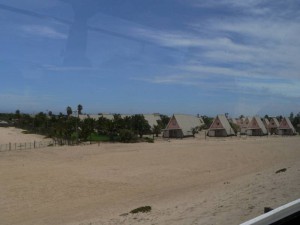
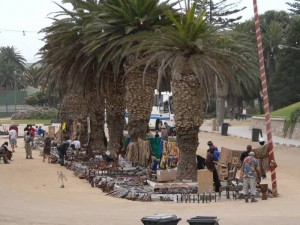
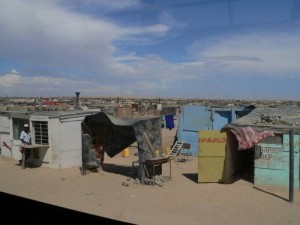
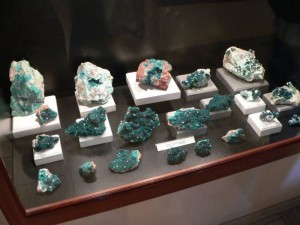
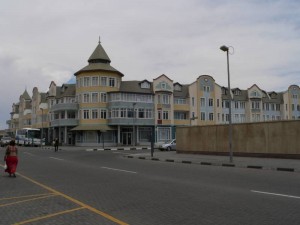
AF_01 SOUTH AFRICA, MOZAMBIQUE, ZIMBABWE, ZAMBIA, BOTSWANA, NAMIBIA, LESOTHO
Date of travel: Oct 3 – Nov 7, 2001
ITINERARY:
On Oct 3, 2001 early in the morning I leave Vista in a Hertz car for Los Angeles airport. There I board a plane for 5-hr flight to New York and from NY to Johannesburg taking 14.5 hrs. The landing in Johannesburg SOUTH AFRICA is in mid-afternoon on Oct 4. By a minibus (van) to a railway station with our “Shongololo Train.” I get a cabin in it. I am taking its “Southern Cross” leg of the trip from Johannesburg to Victoria Falls.
The following day there is a minibus trip to the “Voortreckers Monument” and Pretoria, one of South Africa 3 capitals. Among other places we see is the “Union Building” (the seat of government) and the “Kruger House.” In the afternoon we visit “Soweto” a black suburb of Johannesburg.
In the evening of Oct 6. we reached the MOZAMBIQUE border. Next 2 days we explore its capital Maputo with train station by Eiffel, city hall, cathedral and the “Iron House.”
In the evening of Oct 8. we are back to SOUTH AFRICA. The following two days we spent in the “Kruger Park” seeing many animals. On Oct 11 we do the Panorama Route in the northern part of South Africa with Mac-Mac Falls and Pilgrim’s Rest which used to be a gold mining town. The following day we have a similar trip from Louis Trichardt.
Read more
AF-10West Coast of Africa – MOROCCO (Lanzarote, Canary Islands, Spain), Western Sahara (Morocco), SENEGAL, GAMBIA, SIERRA LEONE, GHANA, TOGO, BENIN, CAMEROON, GABON, SAN TOME & PRINCIPE, REPUBLIC CONGO, NAMIBIA, SOUTH AFRICA, NETHERLANDS
Date of travel: Nov 30, 2010 – Jan 10, 2011
ITINERARY:
An hour after midnight on Nov 30, 2010 I leave Vista and in a rented car drive to Los Angeles airport. Here I board a plane for New York, where I change to Royal Air Maroc flight to Casablanca, MOROCCO, landing there in the morning on Dec 1. After several hours in a hotel we board our ship “Corinthian II.” Next morning a bus tour of Casablanca with sightseeing of “The Hassan II. Mosque” and of the country capital, Rabat. Overnight our ship sailed to Safi, from where we drive to see mysterious Marrakesh with its Koutouba Minaret and Djemaa El Fna Square. On Dec 4, our ship is moored in Agadir and we make a bus trip to walled town Taroudanut.
At noon on Dec 5 Corinthian II. makes its port in Arrecife on the island of Lanzarote on CANARY ISLANDS, part of Spain. In the afternoon, I take a trip through this volcanic island with its whitewashed houses and collection of art by local artist Cesar Manrique.
On Dec 6 we were to visit Laayoune, a capital of WESTERN SAHARA which was annexed by Morocco in 1975, but for high waves and possible terrorist danger we will visit Dakhla in southern part of this territory tomorrow. So the next day there is a bus tour of Dakhla and its vicinity. At a beach there are sand dunes and in them a large camp with Europeans and their RV’s. They stay here part of the winter. We have opportunity to walk the streets of Dakhla in the afternoon.
After a day on the Atlantic Ocean our ship takes mooring in harbor of Dakar, SENEGAL on Dec 9. In the afternoon by ferry to Goree Island. From there the slaves were shipped to both Americas and Caribbean (my second visit to this island). Next day there is a sightseeing tour of 4 mil. city Dakar, a capital of Senegal, and afternoon we drive 42 km out of the city to “Pink Lake.” Local people dig salt from its bottom. There is also a visit to a Fulany village.
Read more
